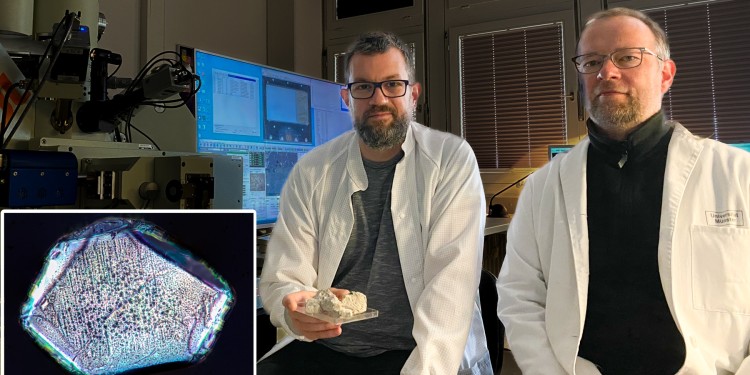
Origins of carbonatite magma revealed
Carbonatite rocks are economically important. The many hundreds of known carbonatite deposits on all continents are important repositories of rare-earth metals such as lanthanum, cerium and neodymium. These are used in many key technologies, including smartphones, plasma and LCD screens, as well as in radiology for medical diagnoses, in generators in wind turbines, and in electric motors. However, although carbonatites are economically important, their origins remain enigmatic. Scientists at the University of Münster have now, for the first time, demonstrated that these rocks formed by immiscible segregation from silicate magmas. The study has been published in the journal “Nature Communications”.
The only volcano currently erupting carbonatite magma is Oldoinyo Lengai in northern Tasmania (East Africa). However, the key to understanding these special magmas is to be found somewhere else: in the Eifel region of Germany, specifically at the Laacher See – a volcano which erupted around 13,000 years ago. Dr. Jasper Berndt and Prof. Stephan Klemme from Münster University’s Institute of Mineralogy discovered carbonatite as microscopically small melt inclusions in the volcanic rock of the Laacher See volcano. These melt droplets were enclosed in the magma chamber during the formation of the mineral hauyne – “frozen”, so to speak, at the time of formation.
Using state-of-the-art electron microscopy, the geoscientists were able to show how a calcium-rich carbonatite magma segregates from a silicate melt deep inside the volcano – very similar to oil and water, which are two liquids which are immiscible and that separate from each other. “There are some experimental studies that postulated that carbonatite magmas can be formed by liquid immiscibility from silicate melts,” says lead author Jasper Berndt. “But these studies are based primarily on the sodium-rich magmas of Oldoinyo Lengai. Co-author Stephan Klemme adds: “Our study clearly shows that calcium-rich carbonatite magmas can also originate through segregation from silicate magmas. These carbonatites are much more abundant, and the majority of economically important deposits of the rare earth elements are found in such calcium-rich carbonatite complexes. Our results,” he says, “contribute to a better understanding of the origins of these deposits.”
Original publication
Berndt J & Klemme, S (2022): Origin of carbonatites—liquid immiscibility caught in the act. Nature Communications. Doi: 10.1038/s41467-022-30500-7
